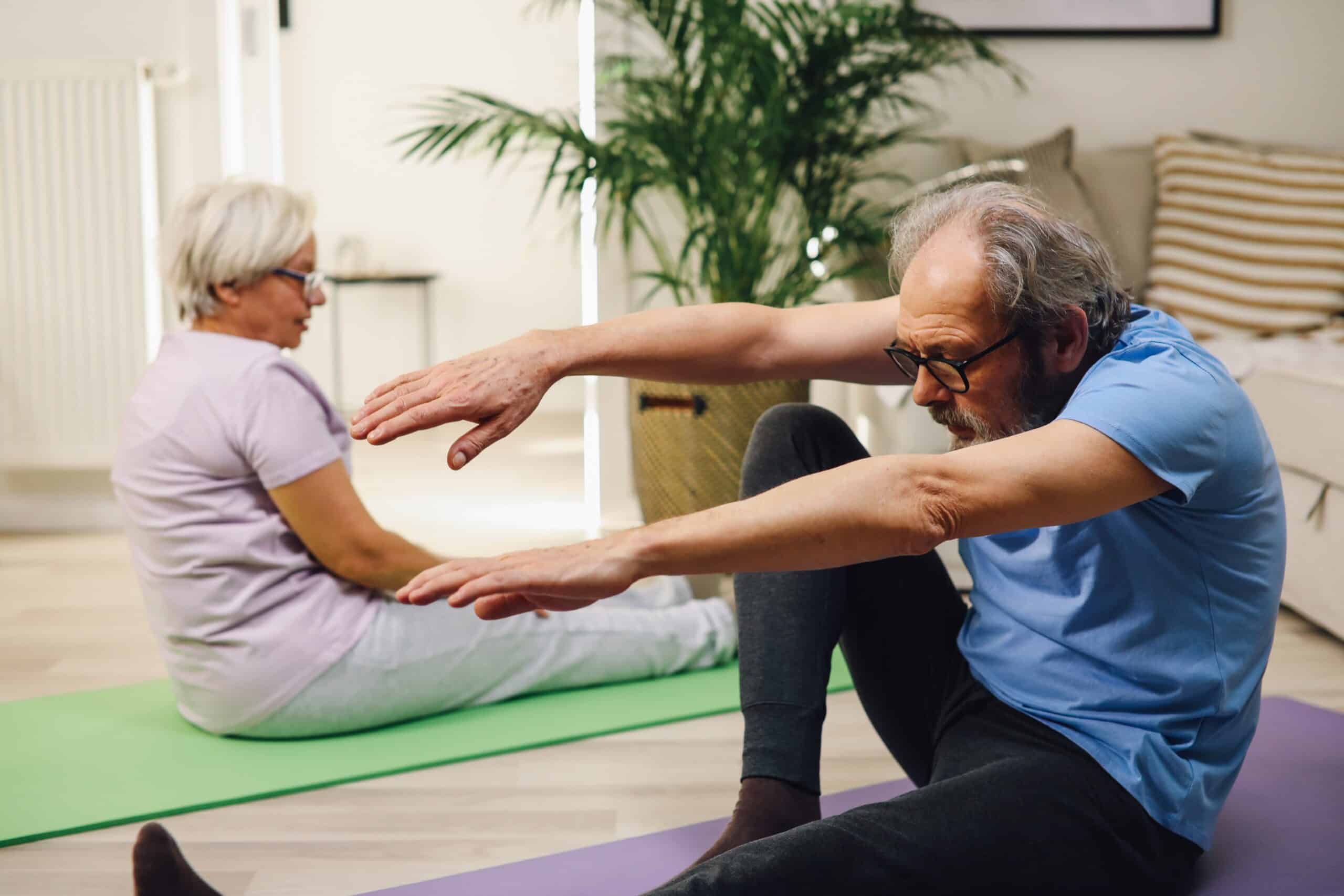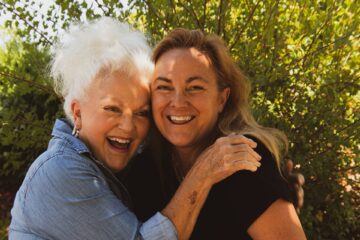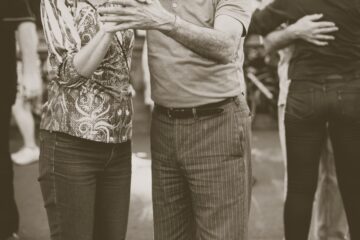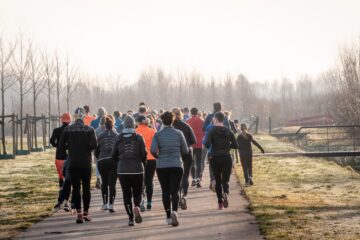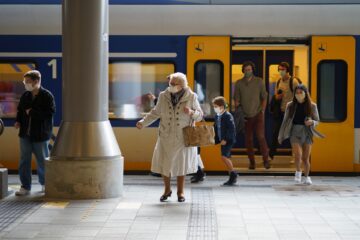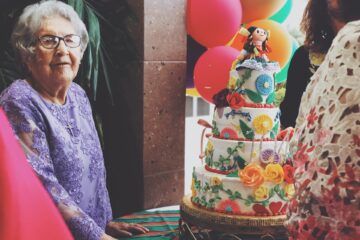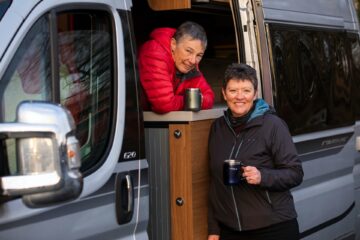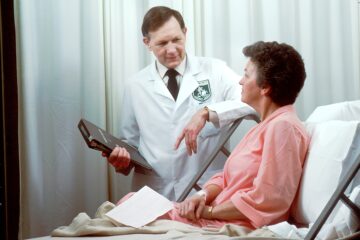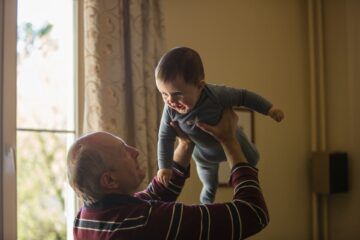First of all Occupational Therapy is a way to preserve the autonomy of the elderly, often forgotten!
Today, in a society that is aging more and better, the desire and opportunity to stay at home also. Although they are financial psychological barriers and can guarantee, the benefits are such that really are opportunities by this profession that are better taken into account for a “life” and more secure.
For whom is occupational therapy?
According to the concepts of autonomy and independence, occupational therapy concerns all people, adults, children or elderly, encountering difficulties in performing the gestures of daily life independently.
Autonomy is the ability to judge, decide, accept, as well as choose for oneself. In other words it is a kind of “managing your life”. Independence refers to the physical ability to perform an action by oneself.
It is possible to use an occupational therapist in several cases:
- In the case of a loss of autonomy related to advancing age;
- In case of permanent or temporary disability;
- In case of hip prosthesis (back operation, hip prosthesis…);
- In case of a disabling pathology (Alzheimer’s, rheumatoid arthritis, multiple sclerosis…);
- In case of disability or dysfunction (dysphasia, dyslexia, dyspraxia…).
In general, anyone who suffers from psychomotor disorders or has difficulties performing daily activities. For example: going to the bathroom, getting dressed, traveling, preparing meals, or any other daily gesture, can be called to an occupational therapist for personalized support.
Since the goal of occupational therapy is to promote autonomy while maintaining a safe environment. Therefore, therapists have the mission to prevent, reduce or even eliminate disability situations, taking care to contaminate people’s living habits and their environment.
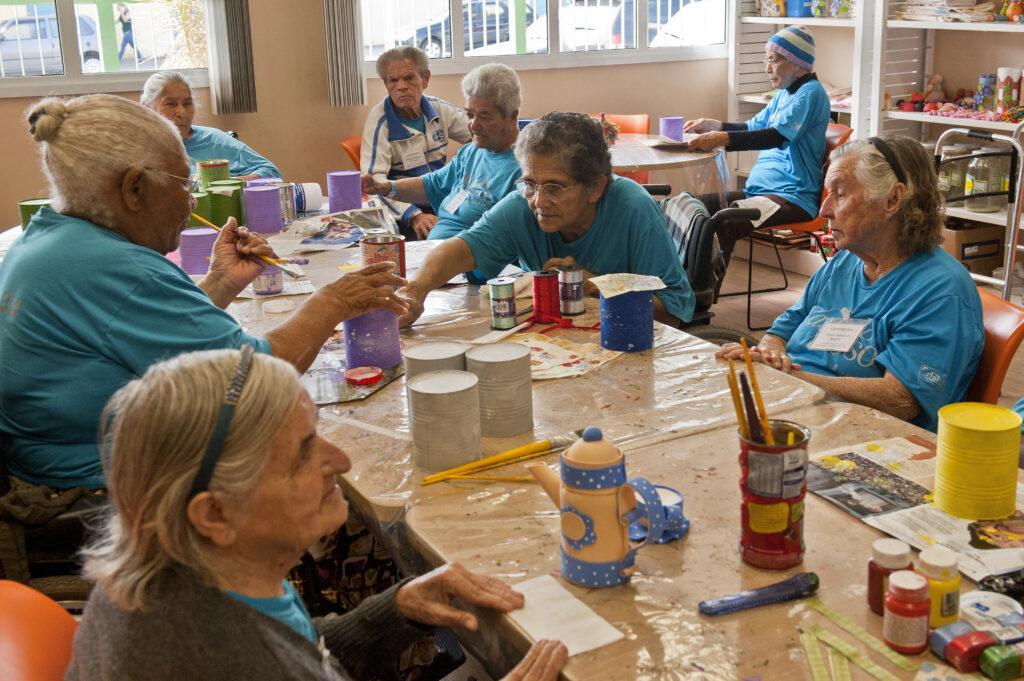
Why should the elderly do occupational therapy?
The occupational therapist intervenes with the elderly to keep the person in their environment (at home or in an institution).
An assessment of the person’s lifestyle, the occupational therapists in the practice will define with him, as well as with the family and professionals, support goals that best meet their expectations in terms of autonomy, to enrich their daily lives, With the purpose of working several areas together various activities and scenarios are used:
1. Occupational therapy minimizes risks
Elderly therapy provides environmental hygiene, for example:(care for the, dressing, meal preparation, travel, settling, positioning…). For the purpose of stimulating residual functions and compensating for defective functions using other techniques or adapted equipment.
2. Help maintain or improve balance
The therapist offers articular and muscular maintenance activities , these, allow the restoration of functional gestures after the functioning of an autonomy origin, independently of the origin (stroke, fracture, neurological disease…).
3. Occupational therapy for the elderly to prevent falls
In a preventive approach, occupational therapy makes the person and their caregivers aware of the risks their environment can pose. With the purpose of reducing the risk of falling the therapist advised on the right attitudes to adopt.
4. Stimulates cognitive activity
Through cognitive learning exercises and daily activity follow-ups, the therapist’s of cognitive tasks (maintenance, spatial and temporal references, knowhow, organization…).
5. Adapted technical assistance
After analyzing people, the occupational therapist offers technical assistance, technical assistance or modification material. So they look, together with the suppliers, for the recommended equipment, in the usual place of residence, to ensure its usefulness and proper use.
Finally, the occupational therapist does a lot about accessibility in order to ensure maximum safety and autonomy. The therapist as installed facilities and monitors caregivers and the person for the use of protective equipment (personal elevator, wheelchairs, bathing table, etc).

